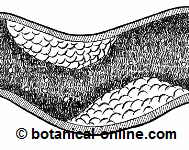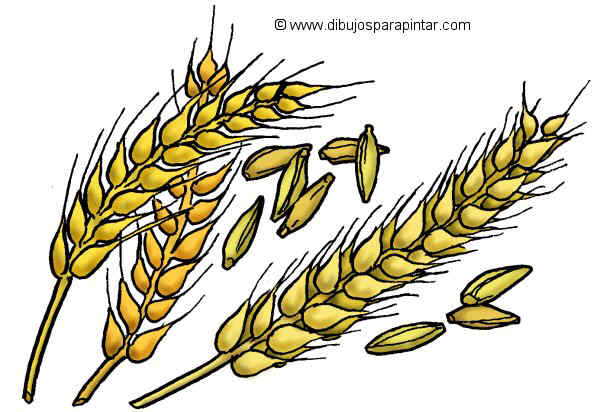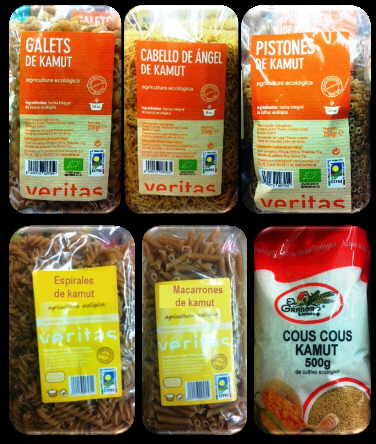Contents
What we mean by body fat?
Body fat or fat mass is that fat that accumulates in adipose tissue, constituting part of the composition of each person.

Depending on the constitution, metabolism and individual condition of each person, the body has a greater or lesser amount of fat.
Classification according to location and function
We can classify the fat we find in our body, depending on where it is located and in what proportion.
An important part is what is stored, which serves us both as protection against cold, enveloping the organs of our body, and as an energy source when we lack glucose, providing us with 9 calories per gram, compared to the 4 calories per gram that carbohydrates provides us.
The other fat part forms the structural part of our organism, that is, it forms the structure of cells, tissues and vital organs.
What happens if we consume too much fat?
Obviously, all excess intake, whether in the form of carbohydrates, proteins or fats directly, which are not “burned” as a source of energy or used as synthesis of cell membranes, etc. will be stored as adipose tissue by our body.
In other words, excess fat can lead to overweight or obesity.
How is fat formed in our body?

The fat mass of our body does not come exclusively from our diet, although part of it does, and obviously its quality will vary depending on the type of diet we consume.
Fat can accumulate in the body by eating many foods rich in fat, foods high in carbohydrates, or in general, a diet excessive in proteins, fats and carbohydrates.
For this reason, it is important to consume plenty of vegetables at each meal, which practically only contain fiber, vitamins and minerals that help eliminate fat and satiate appetite.
That is, if our diet is mostly saturated fats, or on the contrary it is mostly monounsaturated fatty acids and polyunsaturated fatty acids, our body will have to form the cells and tissues of our body with these fats and properties.
We should keep in mind that fats are an essential part of our body and we should provide them through a correct diet.
How is body fat absorbed?
Fats (lipids), when ingested, undergo a series of changes in the body before they can be absorbed during the digestion process.
The vast majority of foods we consume are composed especially of triglycerides, which are broken down in our intestinal tract, thanks to the joint action of gastric, biliary, pancreatic and intestinal secretions and some enzymes, in a glycerol molecule, by three fatty acids, which are smaller and more easily absorbed by our body.
The great majority of foods that we consume are composed especially by triglycerides, that are disintegrated in our intestinal tract, thanks to the joint action of gastric, biliary, pancreatic and intestinal secretions and some enzymes, in a molecule of glycerol, by three of fatty acids, that are smaller at the same time that more easily absorbable by our organism.
Is cholesterol a necessary fat?
Even in the case of cholesterol, it should be must bear in mind that, both at the blood level it acts as a transporter of fat itself, but it also acts in our cells, specifically in their membranes, where part of the cholesterol in our body resides.
Among the properties of cholesterol, it is very necessary to be able to perform multiple functions, such as a regulator of some hormones and a precursor of vitamin D and some secretions such as those of the gallbladder.
Another part of cholesterol can be found in such important organs as the brain, spinal cord, pancreas or the liver itself that metabolizes it.
80% of cholesterol is manufactured by our organism endogenously, the remaining 20% is provided through our diet, that is, exogenously.
*Related Posts:
– Properties of fats in the body
– Benefits of the Mediterranean diet
![]() More information on properties and characteristics of fats
More information on properties and characteristics of fats








